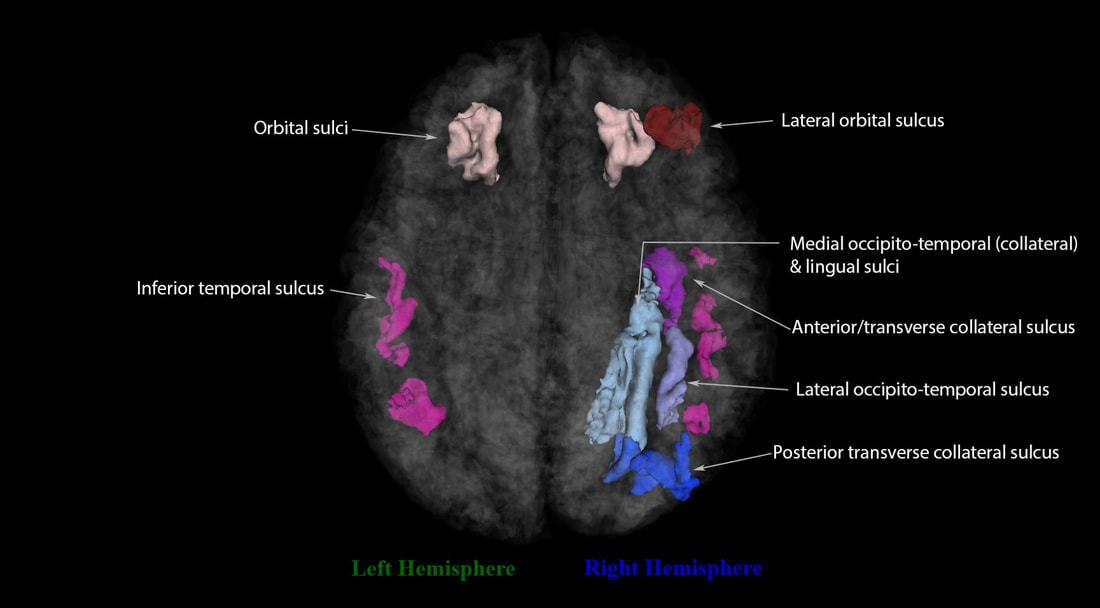Q & A with Manuel Hinojosa-Rodriguez BY BRENDAN E. DEPUE Infants and children with a history of preterm birth (PB) and with perinatal risk factors (PRF) for brain injury may exhibit structural brain abnormalities. For example, they may exhibit grey matter (GM) lesions that could impair motor or cognitive functions. However, MRI identification of these potential GM abnormalities in infants and children is very challenging and not often employed in clinical practice. Researchers have therefore devised machine learning algorithms to identify such structural abnormalities. To better understand these new tools, I got together with Manuel Hinojosa-Rodriguez currently at the Universidad Nacional Autonoma de Mexico, who collaborates with the University of Southern California.
BD: Please briefly explain why machine learning is important for translational neuroimaging analyses. MHR: Briefly, machine learning is an “artificial intelligence” technique that enables the computer to automatically identify “specific mathematical patterns”, which belong to distinctive conditions. Therefore, machine learning may potentiate our abilities to distinguish different medical conditions in neuroimaging analysis. Based on neurological features — which are informative for the machine to provide accurate prediction — this will hopefully enhance or even deepen our understanding of specific medical conditions. BD: How does deep learning compare to other machine learning algorithms? MHR: Deep learning is a technique in machine learning that enables the use of “neural-network” models, which contain a significant number of processing layers. Within each layer, there exists varied numbers of “neurons” and “connections”. Each individual neuron is a function that may include a distinctive mathematical operation, which defines how the neuron can be activated/deactivated; each connection may vary in the amount of information passed between neurons of different layers. Therefore, deep learning in neural networks may allow us to build a mathematical model that defines the relationship between input predictors and output medical conditions that is far more complex than ones initiated from other machine learning algorithms. Accordingly, deep learning may help us identify more subtle or intrinsic patterns in nature. BD: Why do you think your abstract was selected as newsworthy? What is the appeal of your abstract to a broad audience? MHR: Until now, neuroimaging detection of subtle perinatal brain injury has been complicated, because conventional magnetic resonance imaging (MRI) in clinical environments does not allow us to detect microscopic lesions and does not offer relevant information about the etiology or perinatal risk factors suffered by the patient. However, by using neural networks and deep learning, it is hopefully possible to identify relationships between brain structure and medical conditions which affect early neurodevelopment. Our results reveal that brain features of preterm children can be associated with certain perinatal pathologies and/or risk factors for perinatal brain injury (see paper here). BD: Given these findings, what are your next (research) steps going to be? MHR: The next step in this project will be to examine the correlation between clinical MRI (per grades of severity) and our results. We are very interested in the accurate diagnosis of subtle brain pathologies and early prediction of motor and cognitive disabilities using conventional and advanced MRI.
0 Comments
Your comment will be posted after it is approved.
Leave a Reply. |
BLOG HOME
Archives
January 2024
|


 RSS Feed
RSS Feed